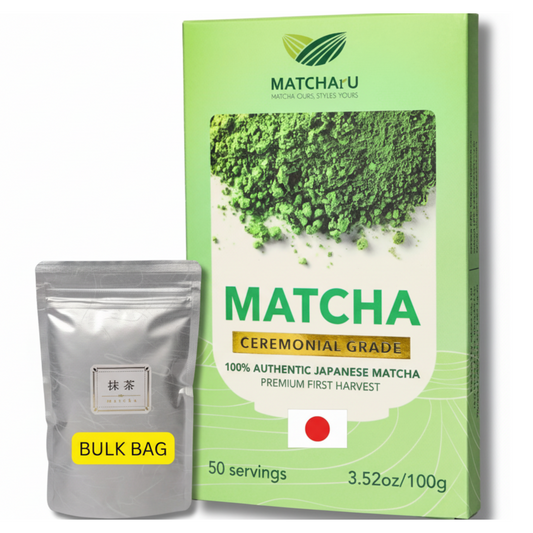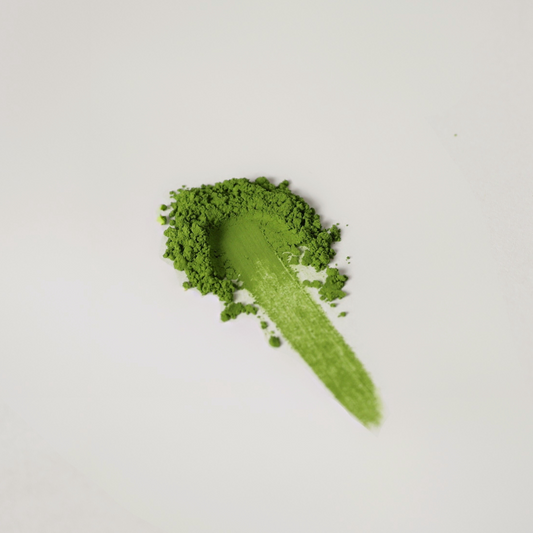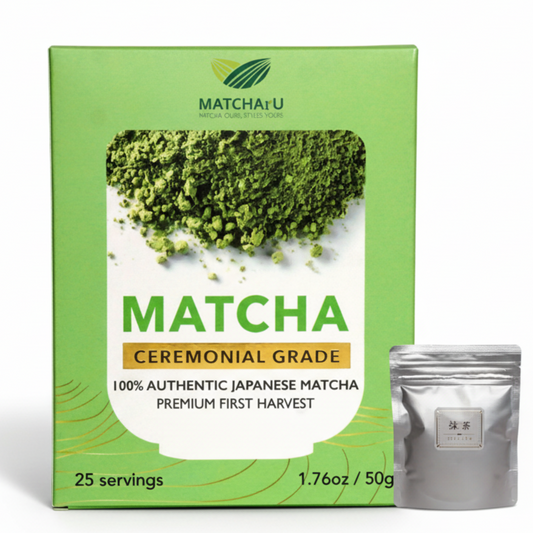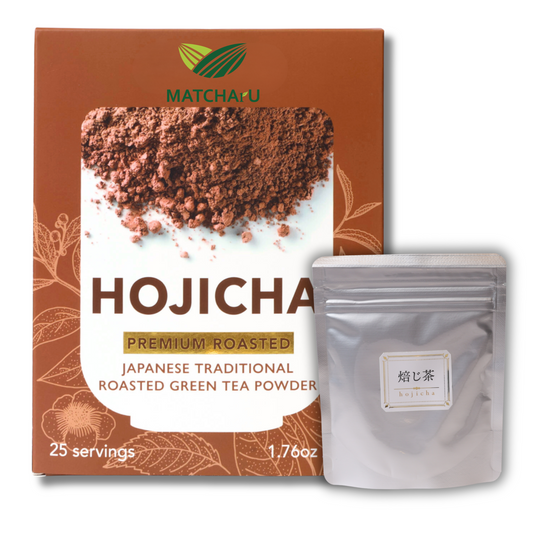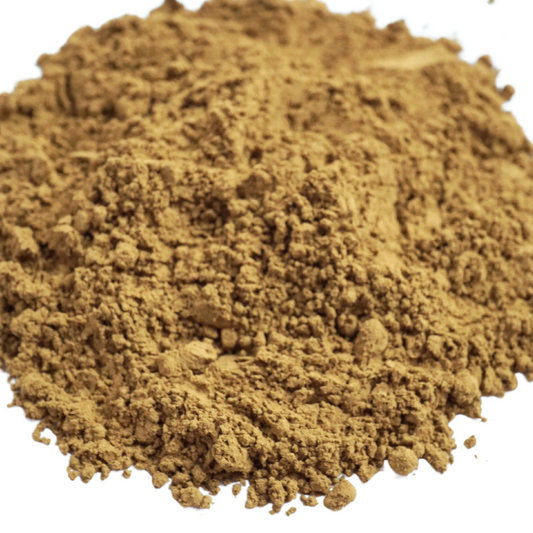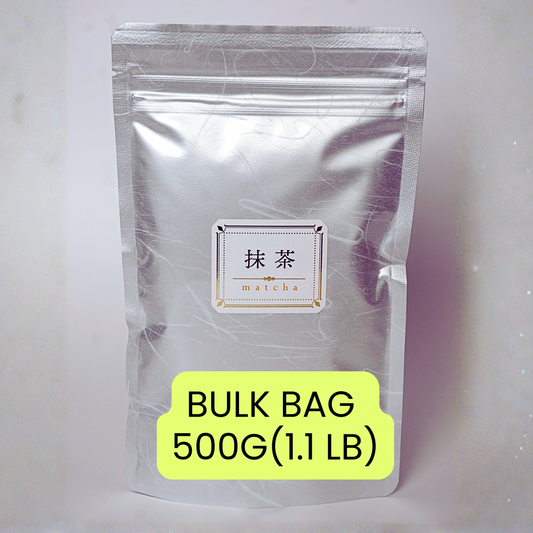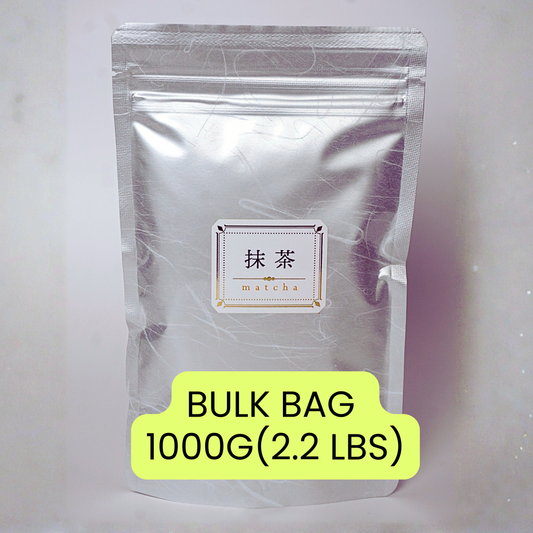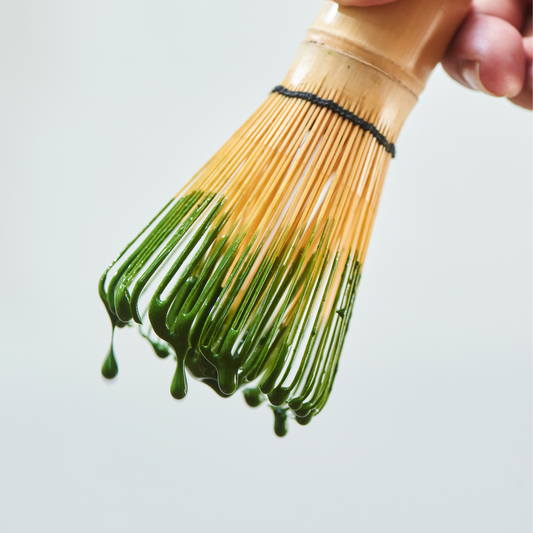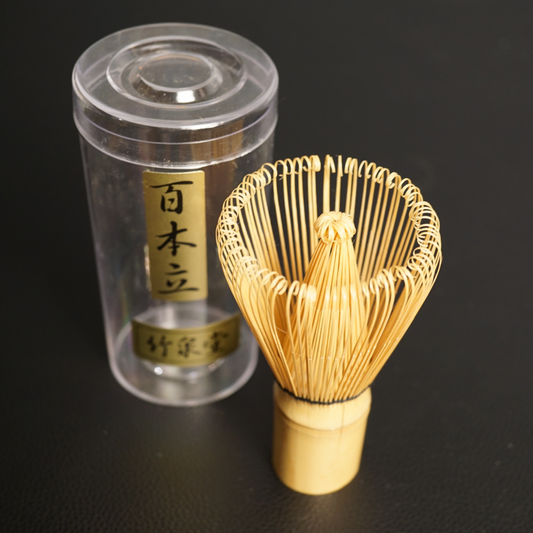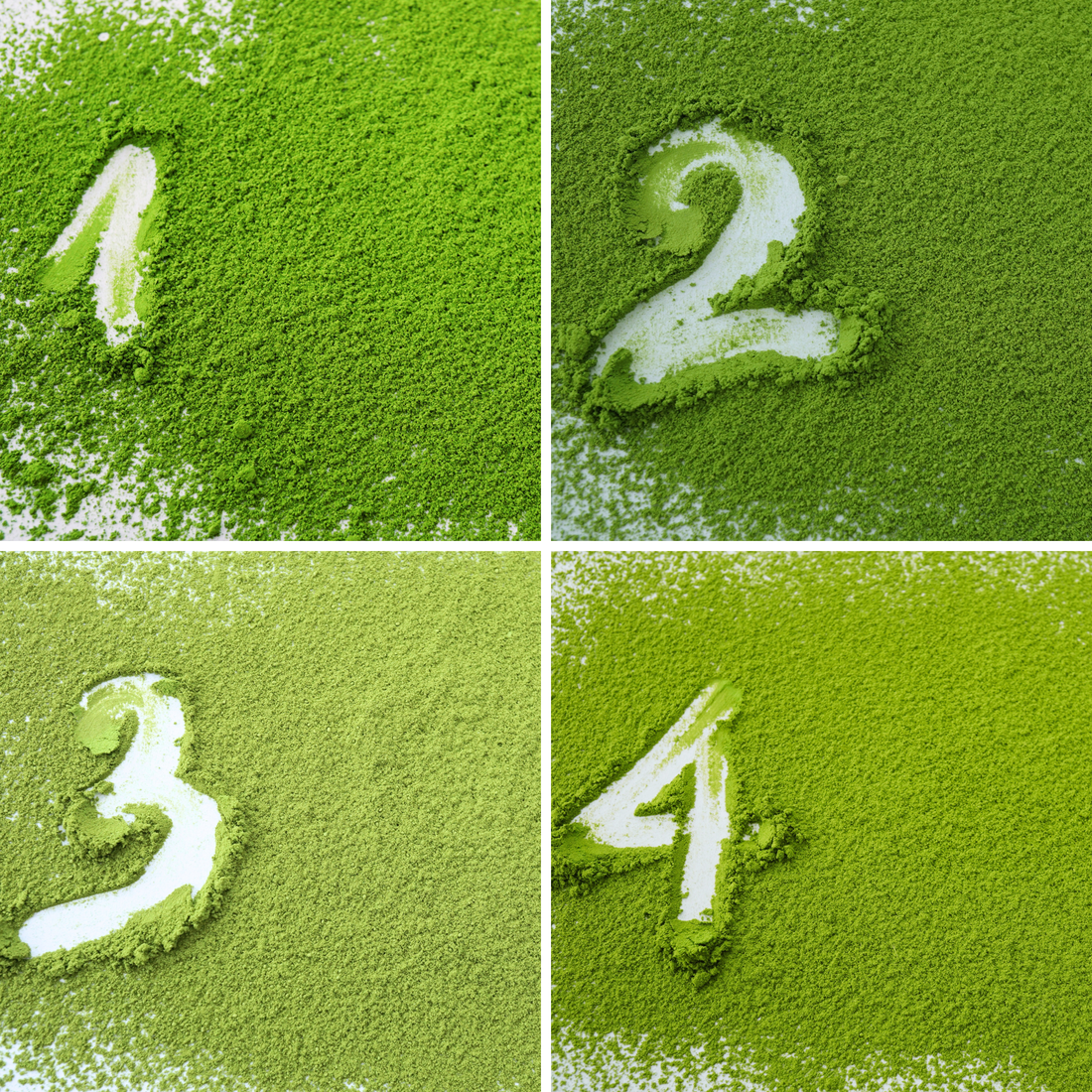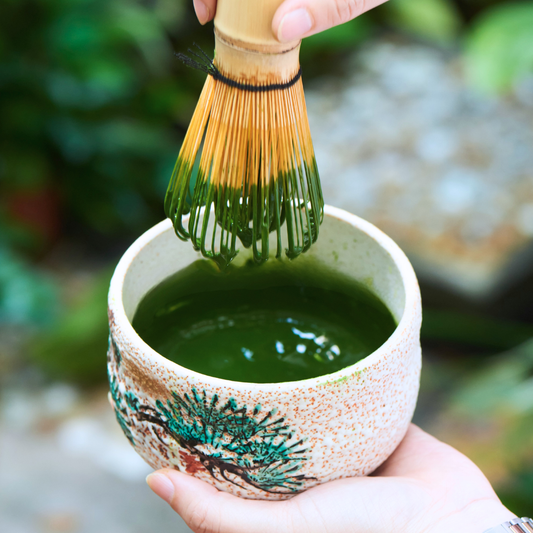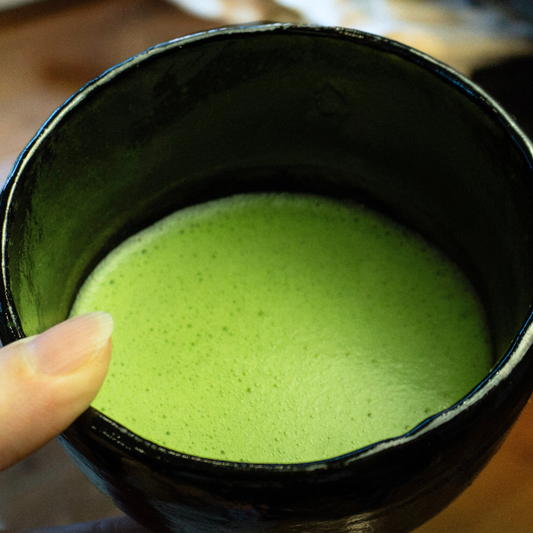Understanding Matcha Grades in Japan
In Japan, Matcha is not just a powdered green tea — it is a symbol of culture, craftsmanship, and purity. The quality of Matcha depends on how it is grown, harvested, and stone-ground, and these differences are reflected in its grade. Understanding Matcha grades helps you choose the right tea for your purpose — whether it’s for a traditional tea ceremony, a café latte, or baking at home.
🥇 1. Ceremonial Grade (最高級抹茶 / Seikōkyū Matcha)
This is the highest quality Matcha, made from the youngest, most tender tea leaves picked during the first harvest (Ichibancha). The leaves are grown in the shade for about 20–30 days before harvest to increase chlorophyll and amino acids like L-theanine, which give Matcha its sweet and umami flavor.
-
Color: Vibrant, bright green
-
Texture: Ultra-fine, silky powder
-
Taste: Smooth, naturally sweet, and rich in umami
-
Use: Best enjoyed plain as Koicha (thick tea) or Usucha (thin tea) in traditional tea ceremonies
This grade is often used by tea masters and in premium Japanese tea houses, where aroma and depth of flavor are highly prized.
🥈 2. Premium Grade (上級抹茶 / Jōkyū Matcha)
Premium Matcha is slightly lower than ceremonial grade but still offers excellent color, aroma, and flavor balance. It is made from high-quality leaves, usually from the first or early second harvest, and is perfect for daily tea drinkers who want a refined, authentic Matcha experience without the full ceremonial price.
-
Color: Bright green with a soft sheen
-
Taste: Mild bitterness balanced with sweetness and umami
-
Use: Ideal for daily Usucha, Matcha lattes, or high-end desserts
This grade is very popular among cafés, restaurants, and health-conscious consumers who appreciate both quality and versatility.
🥉 3. Culinary Grade (料理用抹茶 / Ryōriyō Matcha)
Culinary or cooking-grade Matcha is designed for blending and mixing into food or beverages. The tea leaves are harvested later in the season, giving them a stronger flavor and a slightly more bitter profile that stands out when combined with milk, sugar, or flour.
-
Color: Deeper green (sometimes with a yellowish tone)
-
Taste: Strong, bold, slightly astringent
-
Use: Perfect for Matcha lattes, smoothies, baking, and confectionery
This grade allows you to enjoy the distinctive taste and aroma of Matcha in everyday recipes without the premium cost of ceremonial-grade tea.

